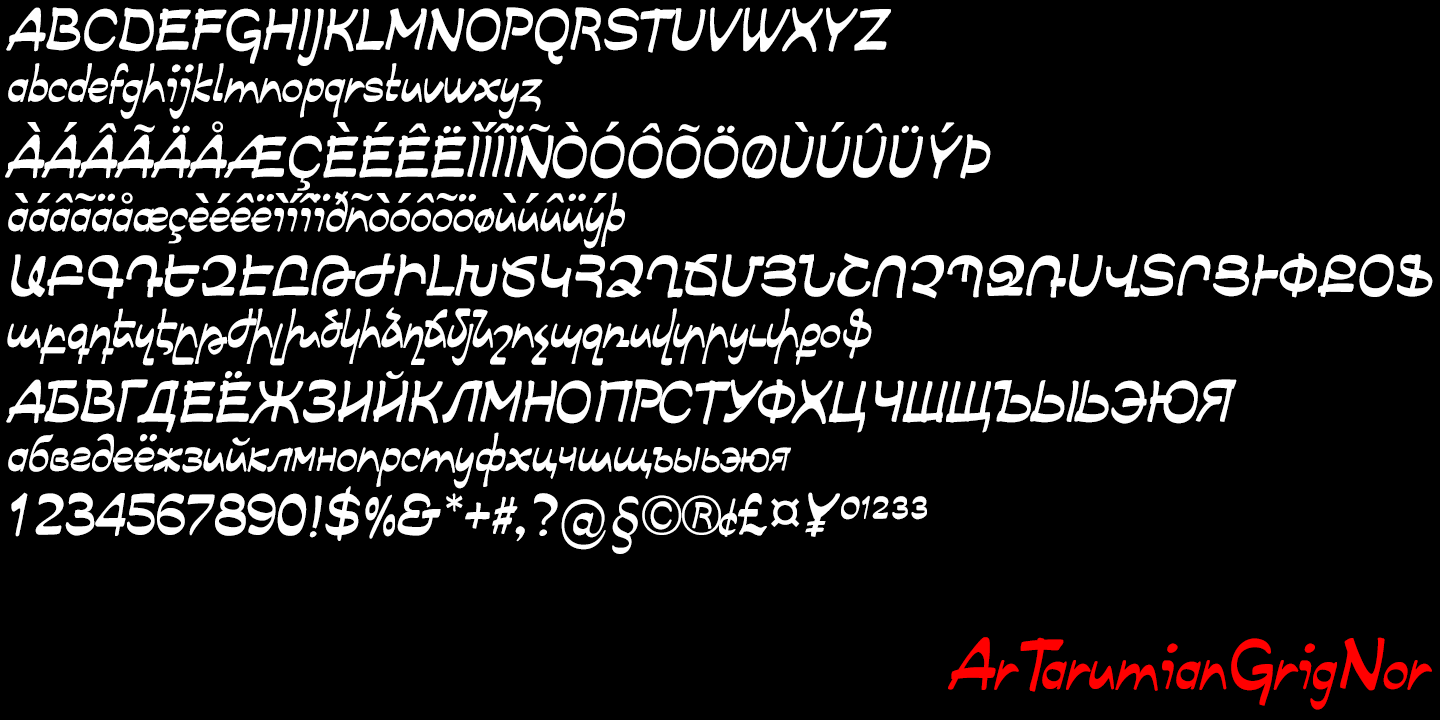

In general, please do a quick search within this site to make sure your question hasn’t been answered before. Then, just modify or create the paragraph styles you want with the particular fonts of your choosing. The late Kevork Berberian is shown filling a bag with Weeklies.Please refer to this and this for Ubuntu or similar.Ĭheck also this answer for Windows – or just search for a folder Fonts inside a Windows or similarly named system folder. Calust Eynatian (right) is shown passing the Weeklies through his automatic stenciller. Step 4: The printed Weeklies then go to the mailing department, where they are folded, stenciled, put into mail bags and sent out to the local post office. In this picture, Bondjookian stands by his press during printing of a “Daily” issue.


This takes place every Thursday afternoon. Step 3: The locked forms are taken down to the presses in the basement of the building, where Haig Bondjookian sets them on the flat-bed presses and prints. Forms are usually locked up late Wednesday night. Der Avedisian has been with the Hairenik for 26 years. Mugurditch Der Avedisian, printing plant foreman, starts work on setting the linotype material into page form following a “dummy” submitted by the editors. Absolute deadline for material is Tuesday morning. Working in the background (far rear) are Hampartzoum Khazarian and San Haidostian (head and shoulders showing) the two other Hairenik linotypers. Step 1: Dickran Demirjian, veteran Hairenik linotyper, sets the material submitted to the print shop by the editors. Pictorial Story of How the Weekly is Printed and Mailed to Subscribers 52 Times a year 26, 1948 commemorative issue of the Hairenik Weekly (later the Armenian Weekly), celebrating the English-language newspaper’s 15 th anniversary. To give readers an idea of what it was putting the paper together seven decades ago, we’ve decided to republish four photographs, along with their original captions, which appeared in the Feb. But there was a time-thankfully well before my tenure-when it involved several human hours of work, using heavy machinery to turn text into custom metal type. Nowadays, all an editor needs to publish the Hairenik or the Armenian Weekly is a computer and an internet connection. If you were to take a moment to think about how technology has transformed the newspaper industry, the internet would probably be what first comes to mind, right? What you probably didn’t think about were the enormous, revolutionary changes that took place before the rise of cyberspace: the pre-digital era of putting a newspaper together. From the December 2019 Special Anniversary Magazine Dedicated to the 120th Anniversary of the Hairenik and the 85th Anniversary of the Armenian Weekly


 0 kommentar(er)
0 kommentar(er)
